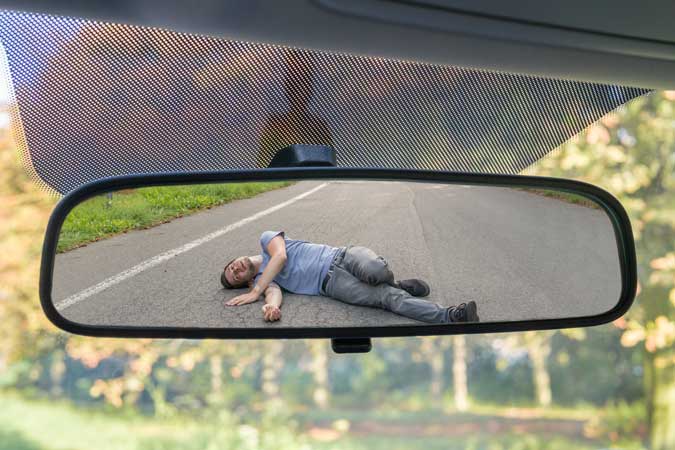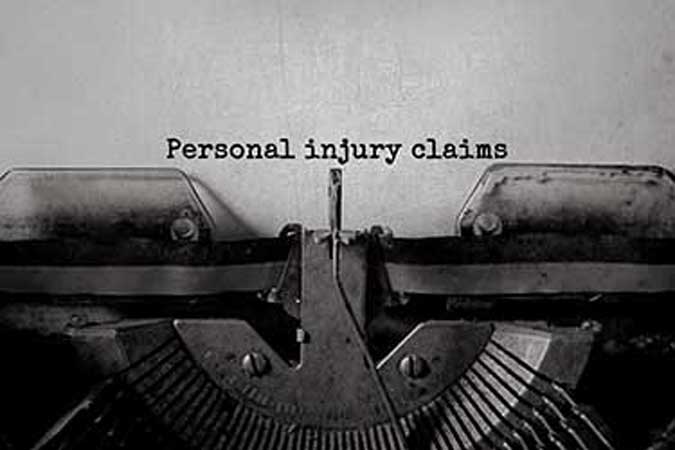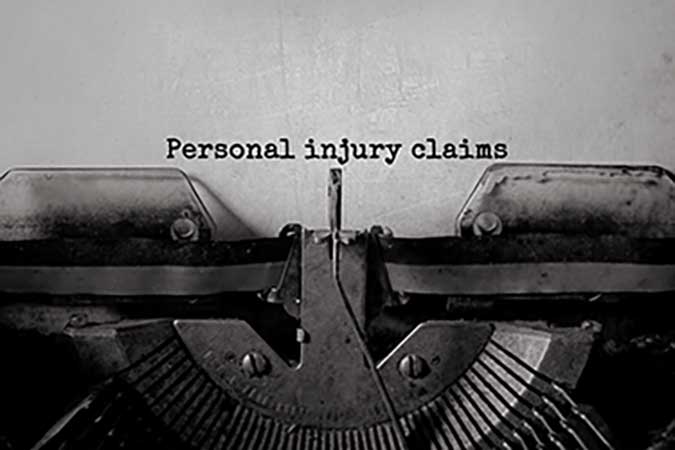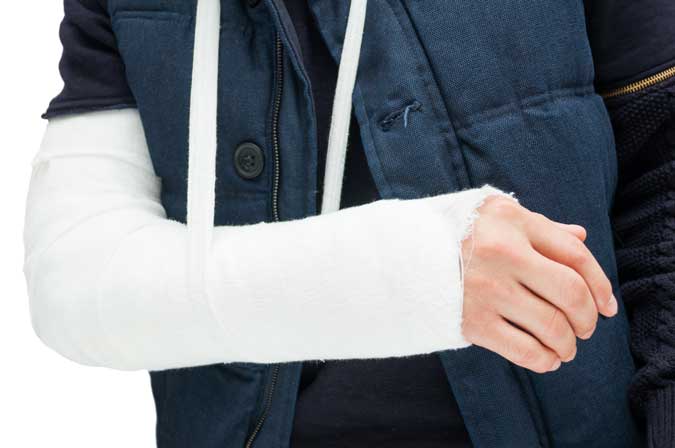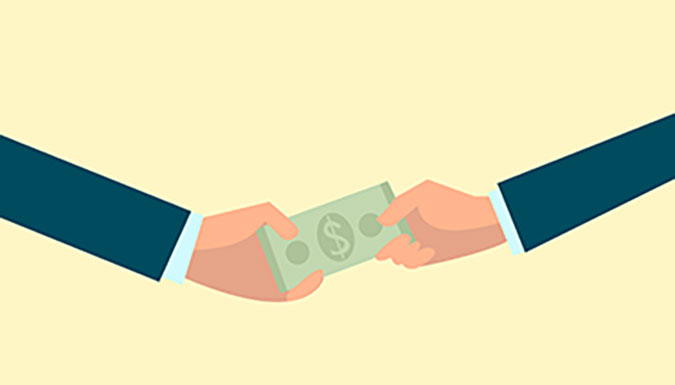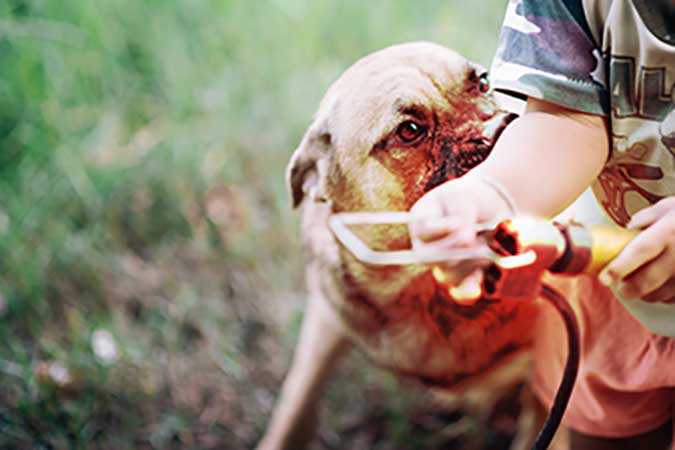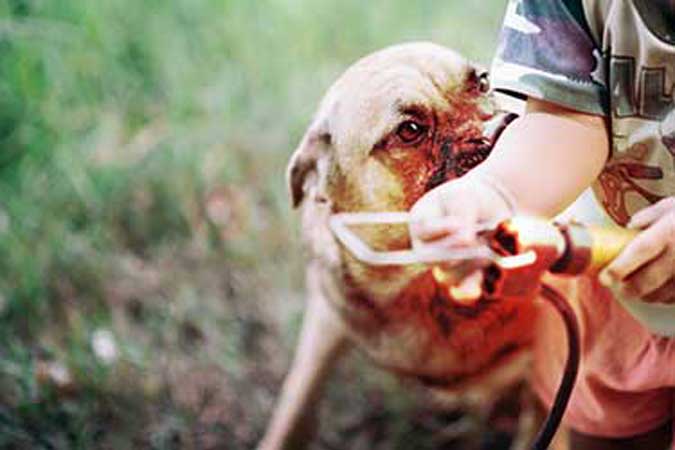 Car Accidents
Car Accidents
Who is Responsible for Uber or Lyft Accidents in California?
Sep 26, 2018 | Read Time: 3 minutesFor immediate help from an experienced car accident lawyer, reach out to Michael Beliz today. California is a “fault” state, meaning that drivers who cause accidents are financially responsible for them. Injured victims can make a claim for compensation with the at-fault driver’s insurer for things like medical care, lost wages, and pain and suffering. These same rules apply if you are struck by an Uber or a Lyft driver, or if you are a passenger in an Uber or Lyft. Sometimes the driver responsible does not have any insurance, or they do not have enough to cover the full cost of your injuries. In these situations, you will need to check whether uninsured/underinsured motorist (UM) coverage is available. Below, let’s look at some common scenarios. You are Injured as an Uber Car Accident Passenger Here, the driver responsible for the crash is responsible for compensating you. This might be your Uber/Lyft driver or it might be another motorist who struck you. Either way, you will make a claim with the responsible driver’s insurance company. Currently, the amount of Lyft or Uber passenger insurance is $1 million, which should certainly cover your injuries. Things can get tricky, however, if another motorist struck you but is uninsured. Helpfully, your ridesharing company should have underinsured motorist insurance for $1 million, which will kick in to cover you. You are Struck by an Uber or Lyft Driver In this situation, the Uber or Lyft driver is responsible for your injuries. It doesn’t matter whether you are another motorist or a pedestrian. In an Uber or Lyft driver car accident, you make a claim with the driver’s insurance. However, the amount of insurance available will depend on whether the driver was logged in the ridesharing app and whether they were actually transporting a ride: If the driver was not logged into the app, then the only insurance available is the personal insurance they carry on their vehicle. This is really no different than being struck by a person who doesn’t drive for Uber. Hopefully, the driver should have the minimum liability insurance required by California, which is $15,000 per person in bodily injury liability. If not, you might be able to use your uninsured/underinsured motorist coverage, if you have it. If the driver was logged into the ridesharing app and looking for rides when they struck you, then the Uber driver should have at least $50,000 in liability insurance up to $100,000 per accident and another $30,000 in property damage. Uber also carries $200,000 in excess liability coverage. If the driver had accepted a ride when he or she hit you, or if they actually had passengers with them, then the maximum amount of insurance applies. Uber drivers should have $1 million in liability insurance and another $1 million in uninsured/underinsured motorist injury coverage. You are an Uber/Lyft Driver Struck by Another Motorist In this case, you need to make a claim for compensation with the at-fault driver’s insurance company. You should get this information soon after the crash and report the accident to the Department of Motor Vehicles, as is required by state law. Confused after an Uber or Lyft Accident? Reach Out to Us Today Injured motorists and pedestrians need compensation to help them piece together their lives after an accident. At the Beliz Law Firm, we are well-versed in the complexity of Uber and Lyft car accidents and understand who you need to file a claim with. In this difficult time, you should focus on getting well and being with your family. Let us do the heavy lifting of obtaining the compensation you deserve. To schedule a free consultation with one of our attorneys, please call us as at 562-452-3772 or send us a private message. Please avoid delay. Injured victims have a limited amount of time to make a claim after an accident.
Continue Reading